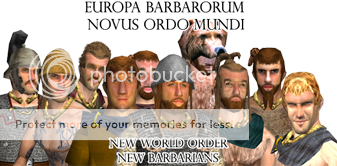The indirect evidence:
Indian Corn on the Ocrilum (sp? Very sorry for spelling, it is my own translit from Cyrillic) baths near Rome (now in Hermitage)
picture
Next. Herculanum and Pompey wall paintings with pineapples, annona and lemons! Pineapple came from Brazil.
Italian Casella and Russian Vavilov wrought about it.
(Casella D. La frutta nelle pinture Fompeiane // Pompeiane: racolta di scavii di Pompei. — Naples, 1950. — P. 355—386.)
How the fruits and vegetables from New World came to the patrician dinner in 1st AD?
In 1964 AD on Azor Islands were found roman pots dated 2-3 centuries AD.
In 1933 in Aztec tomb dated 13-15 centuries AD was found head of Roman sculpture dated 2 century AD. (Garcia Payon J. Una cabecita de barro, de extraña fisionomia // Boletin del Instituto Nacional de Antropologia e Historia. — México, 1961. — № 6. — P. 1—2.)
Hellen statues, Roman terracotta Venus (Romans in the Americas // Katunob. — Vol. П. — № 2. — Carbondale, Illinois, 1961. — P. 12; Gaddis V. H. American Indian Myths and Mysteries. — Pennsylvania, 1977. — P. 102.)
Venezuela – roman coins dated 4 century AD. (Romans in the Americas // Katunob. — Vol. П. — № 2. — Carbondale, Illinois, 1961. — P. 12; Gaddis V. H. American Indian Myths and Mysteries. — Pennsylvania, 1977. — P. 102.)
Ancient sailors







 Reply With Quote
Reply With Quote
 from Satalexton
from Satalexton 


 " -alBernameg
" -alBernameg







Bookmarks